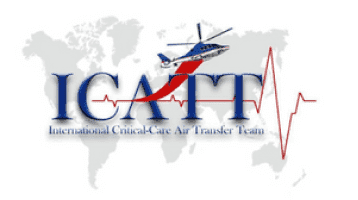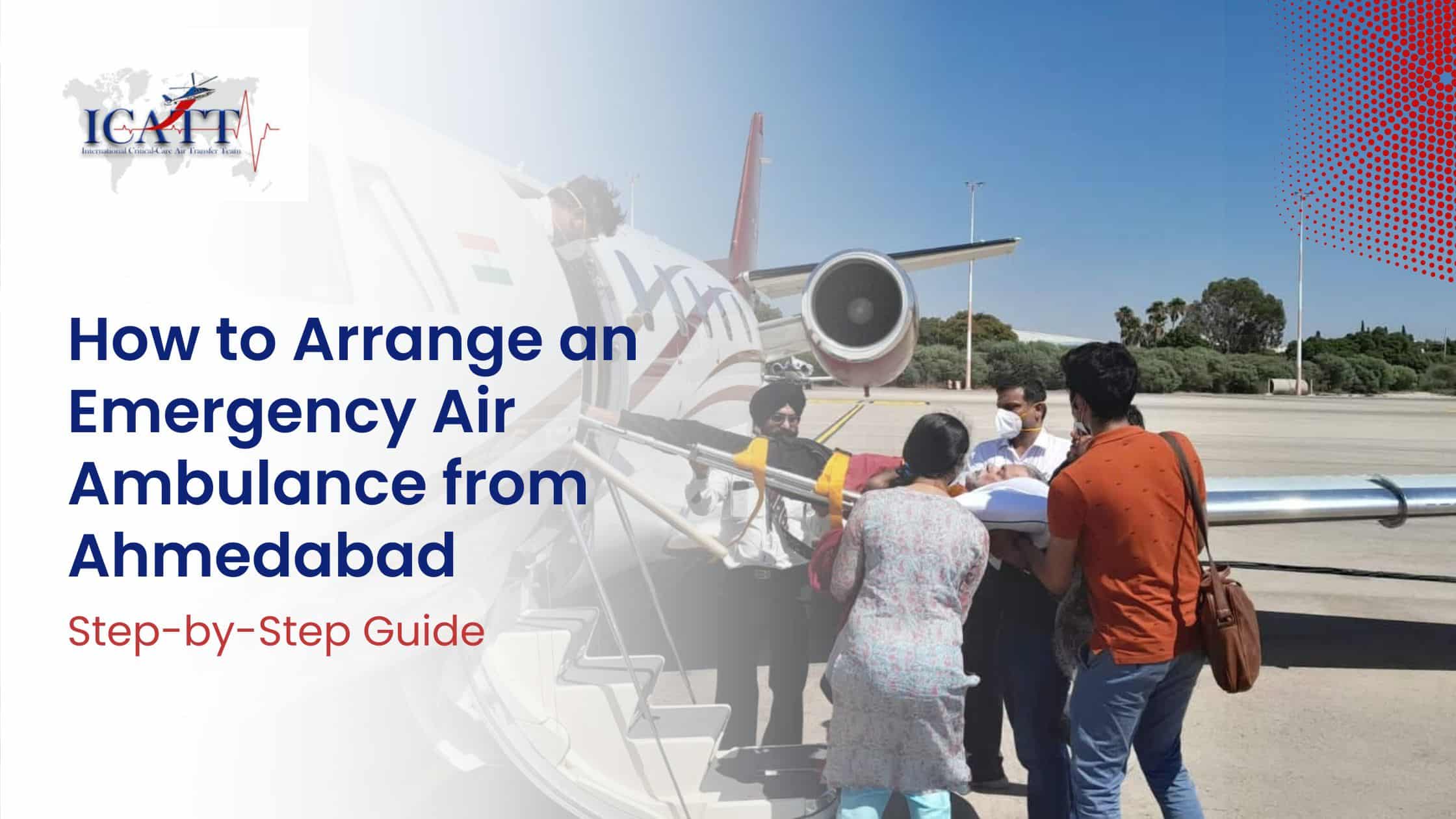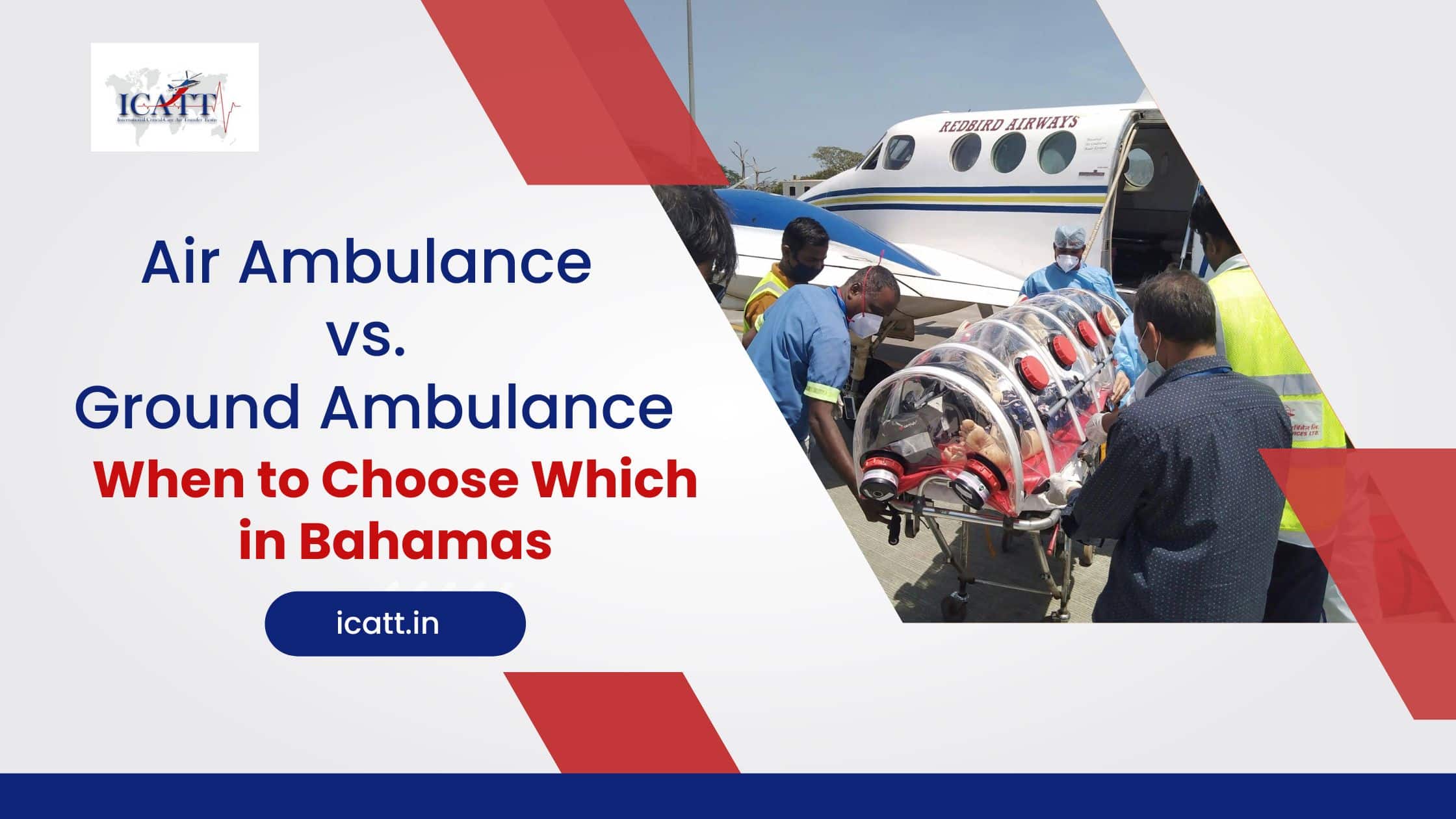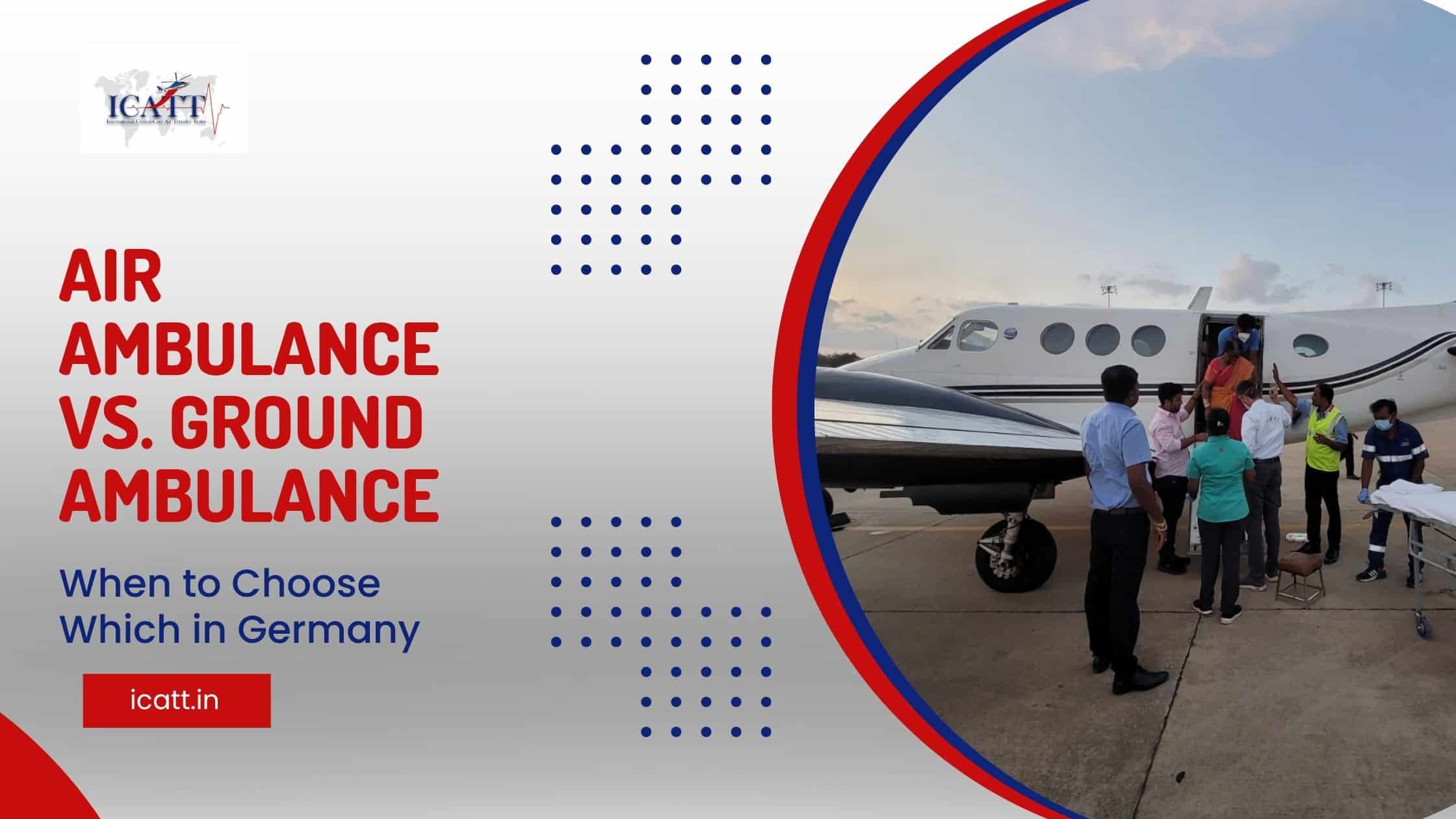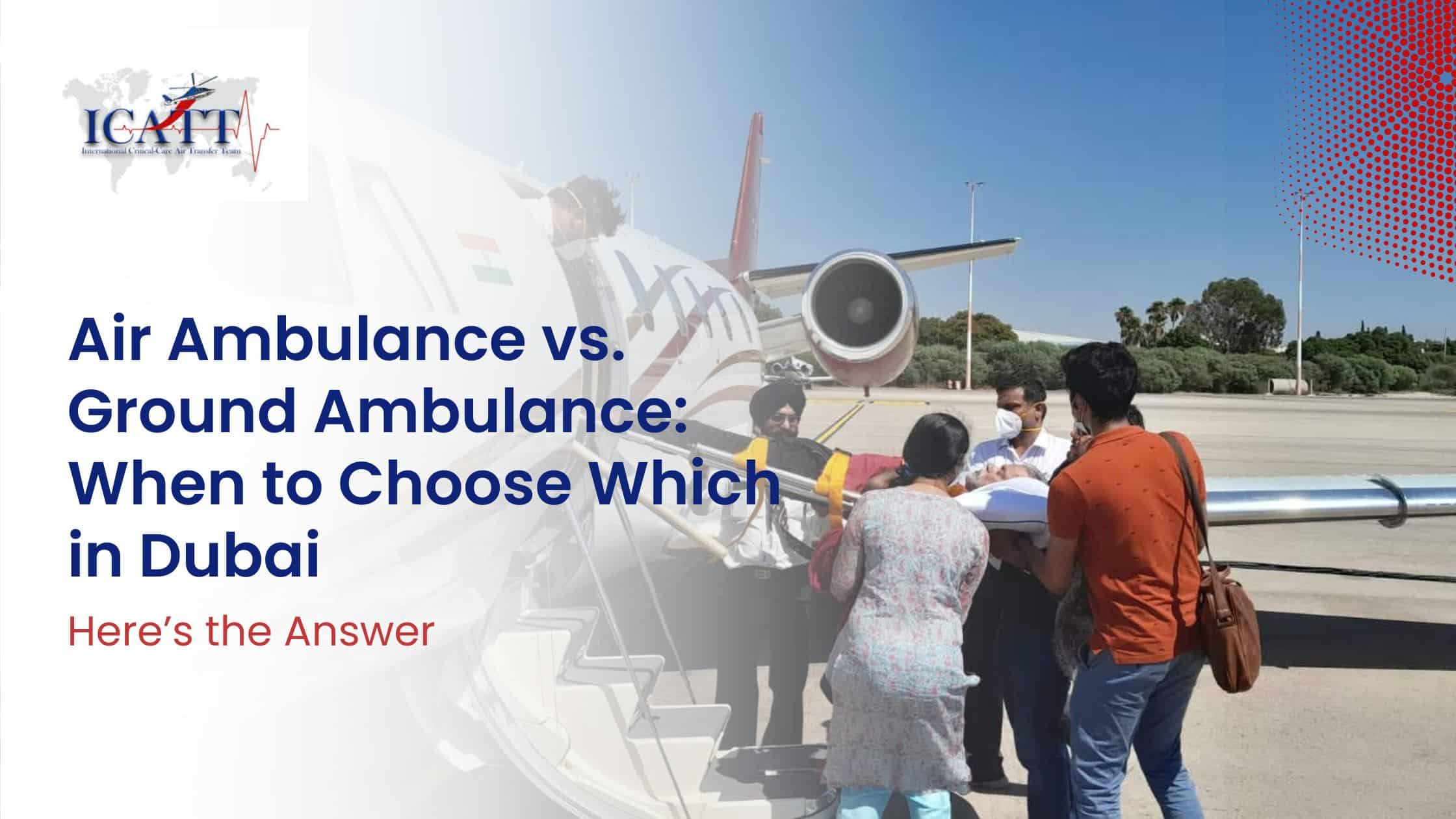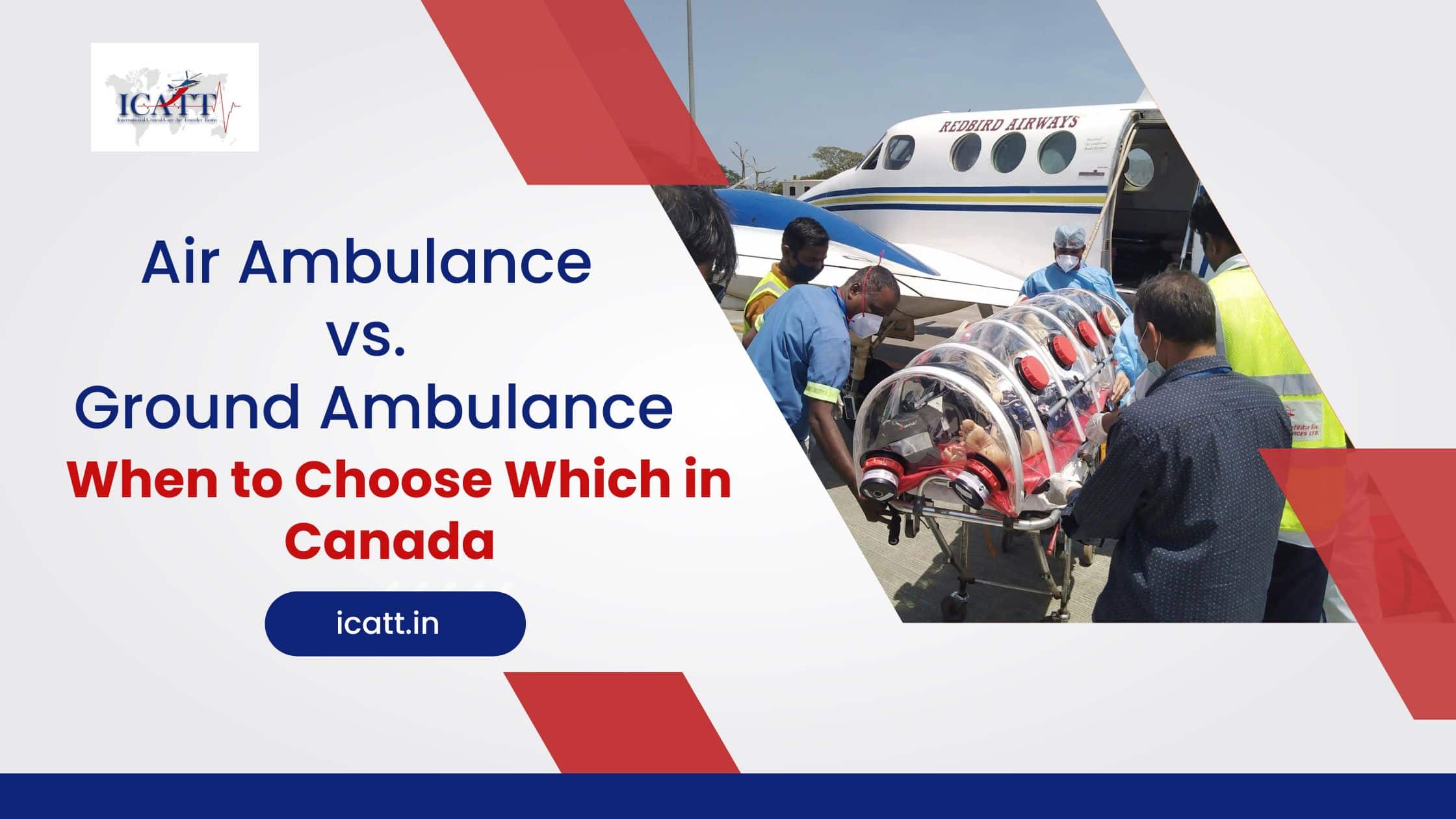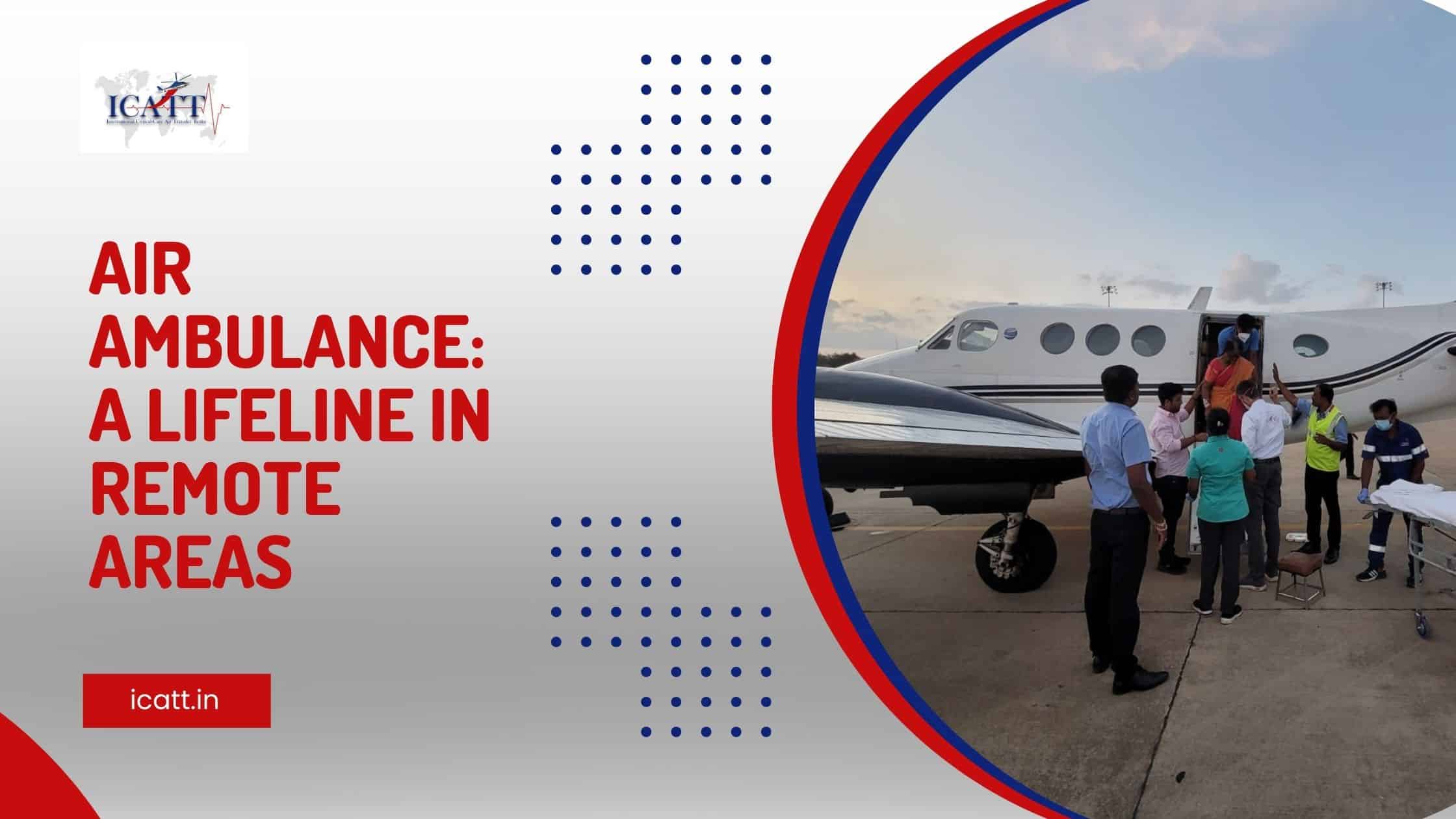The UK is one of the most populated countries in the world, which is home to millions of people from across the globe. It’s not so populated just because of those who work here or explore London’s charm and the country’s rich history and culture, but also because of those who rely on its strong healthcare system. The United Kingdom has some of the best medical practitioners in the world, but access to those practitioners when treatment is required during a state of emergency can be a big challenge for many.
You must be wondering, why is that? Well, it’s because the UK’s high-tech cities and general streets face some of the busiest ground traffic in the world. When it comes to emergency transport in the UK, getting a patient from one place to another, especially to the best medical facility, can take a significant amount of time. Often in smaller towns, remote villages, or accident-prone highways, a patient’s condition gets worse before help arrives because of traffic delays.
For many years, ground ambulances have been the go-to reliable option for emergency transport in the UK. However, what about patients with time-critical circumstances where every second counts, or areas that are not easily accessible? This is where air ambulance UK services play an important role and are invaluable. As it offers the most advanced care mid-air and drastically reduces the time it takes ground ambulances to reach life-saving facilities.
In this blog, we will help you understand the difference between air and ground ambulance services in the UK and their advantages, and most importantly, help you know when to choose an air ambulance in the UK for critical emergencies.
Ground Ambulance in The UK
Before we understand how helpful ground ambulances are, let’s first know the situation of ground ambulances in the UK.
Ambulances Queued Outside Hospitals: Missing Thousands of 999 Calls
- This is one of the most highlighted situations where emergency care practitioners in England were left situated outside A&E departments so often that they missed over 100,000 urgent 999 calls each month. Ambulance crews were left waiting to hand over patients to A&E for an unbelievable 1.64 million hours that could have been utilized in the community responding to emergencies. The link contains more information about the study. The Guardian
Heart Attack and Stroke Patients Waiting Far Too Long
- Here’s another report where for category 2 critical calls such as heart attack or stroke, NHS guidance states a target response time of 18 minutes, with the average mean The response time in the southwest region is 52 minutes, and some even wait for up to 1 hour 53 minutes. Hansard
Ambulances Becoming Ineffective in Remote Areas
In Devon and Cornwall, the reports show that, in some hospital zones, more than 40% of patients waited over an hour while still in an ambulance, causing avoidable harm or death BBC.
One of the devastating cases in Wales came in light when a seriously injured man waited over nine hours for an ambulance and later, he tragically died at home prior to emergency services arriving on scene The Sun.
Why Do These Stats Matter?
These stats matter because it’s important to understand that these delays are more than just numbers; in fact, these reports reflect a healthcare system under strain. Also, it puts out the important question of whether you can really rely on ground ambulances during emergencies. Because when ambulances are stuck in traffic, queuing at hospitals, or stretched too thin, patients lose precious time and to save a life, every minute makes a lot of difference.
1. Overview: The Ground Ambulance Reality in the UK
| Challenge | What’s Happening |
| Ambulance Delays | Long waits outside A&E and on roads, delaying critical care |
| Response Time Failures | Calls for strokes or heart attacks taking far longer than NHS targets |
| Time Lost Equals Lives Lost | Thousands of cases of potential harm due to delayed transfers |
So, these are real-life statistics that show the reason why ground ambulances, despite their ability, often fail in remote or heavy traffic emergencies. In such a situation, an air ambulance service all across the UK really makes an impact.
2. Limitations of Ground Ambulance in the UK
| Challenge | Impact on Emergency Response |
| Traffic Delays | Ambulances waiting in queues significantly delay patient transfer. |
| Rural & Remote Areas | In some areas, there is no direct road access, which makes for long distances to hospitals. |
| Weather Disruptions | Heavy snow, storms, and floods could make access unsafe or impossible. |
| Hospital Queues | Ambulances waiting outside A&E are unable to take calls. |
| Limited Resources | Ambulance and paramedic shortages create delays during peak times. |
| Urban vs Rural Divide | Urban areas have more services; rural ones are often underserved. |
| Accident-Prone Routes | Highways with frequent accidents block access for ambulances. |
| Population Density | High demand in the cities outstrips the availability of ground ambulances. |
Although regular ground ambulances remain essential, but they have limitations, especially when time or distance becomes important in emergencies.
3. Air Ambulance in the UK
This isn’t an unknown concept or a new one because air ambulances have been in service for generations, and unlike regular ambulances, air ambulance UK services are flying ICUs. These are helicopters or fixed-wing aircraft that have all the advanced and required medical supplies, like ventilators, oxygen supply, advanced cardiac monitors, emergency medicines, and often, doctors on board. Air ambulances come with specialized care even before the patient reaches the hospital because in case of emergencies, every minute counts.
Advantages of Air Ambulance in the UK
| Advantage | How It Helps | Example |
| Speed Across Long Distances | It reduces travel time from hours to minutes for critical patients. | A 4–5-hour road journey from rural Scotland to a London hospital was completed in under 60 minutes. |
| Access to Remote Areas | Reaches rural Scotland, coastal regions, and island communities with no road access. | Air ambulance landing in the remote area for stroke patient transfer to a city medical facility. |
| Critical Care Onboard | On flight there are ventilators, cardiac monitors, emergency medicines, and paramedics/doctors as required. | ICU level care is given to stroke or cardiac arrest patients mid-air before reaching the hospital to keep the situation in control. |
| Bypasses Traffic Issues | Since it’s an air ambulance, it’s not affected by urban traffic or road congestion. | Peak–hour traffic in London can be avoided by air transfers. |
| Faster Inter-Hospital Transfers | Transfers patients quickly between regional and specialized hospitals where the treatment can start on time. | Moving a trauma patient from Cornwall Hospital to London neuro center at right time. |
| Disaster & Emergency Response | In case of natural calamities like floods, landslides, or large-scale accidents, it’s the first to reach. | During the UK floods, air ambulances evacuate stranded patients to safety areas on time. |
| Life-Saving for Organ Transport | It’s important for time-bound organ transplant logistics. | The heart was transported from the donor in Manchester to the recipient in Birmingham within the golden window. |
| Advanced Communication Systems | A specialized team directly coordinates with the hospital to ensure immediate care upon arrival. | In case of emergency surgery, the hospitals are pre-alerted for prep while the patient is still en route. |
| Cross-Border Medical Transfers | Helps patients reach facilities in other countries as well. | Emergency patients flown from the UK to EU hospital for specialized treatment. |
| 24/7 Availability | Many air ambulance services in the UK operate round-the-clock for emergencies. | Night missions for stroke or heart attack patients from rural areas to city hospitals. |
Hence, both air and ground ambulances are important pillars of the UK’s emergency healthcare system. On one hand, ground ambulances are able to handle most emergency care situations (with significant challenges); however, air ambulance UK services are lifesavers where distance, time, or access might be an impediment to care.
The key is knowing when to choose air ambulance in UK. In case of critical emergencies, remote locations, or inter-hospital transfers needing urgent advanced care.
Ultimately there is no competition for ground ambulance or air ambulance services, as one does not take the place of another; in the end they both have the same objective and the same goal: to prevent a life lost due to failure to arrive on time.
In case you are wondering where to find a reliable air ambulance service in the UK look no further, you have found it already. We at ICATT provide air ambulance services in the UK and to all areas in the UK. We have a team of professionals who work 24/7 to ensure that in any emergency situation we potentially save a life that matters to a family. For further details or information, you can reach out to our team, who will be happy to provide you with any further details required.
